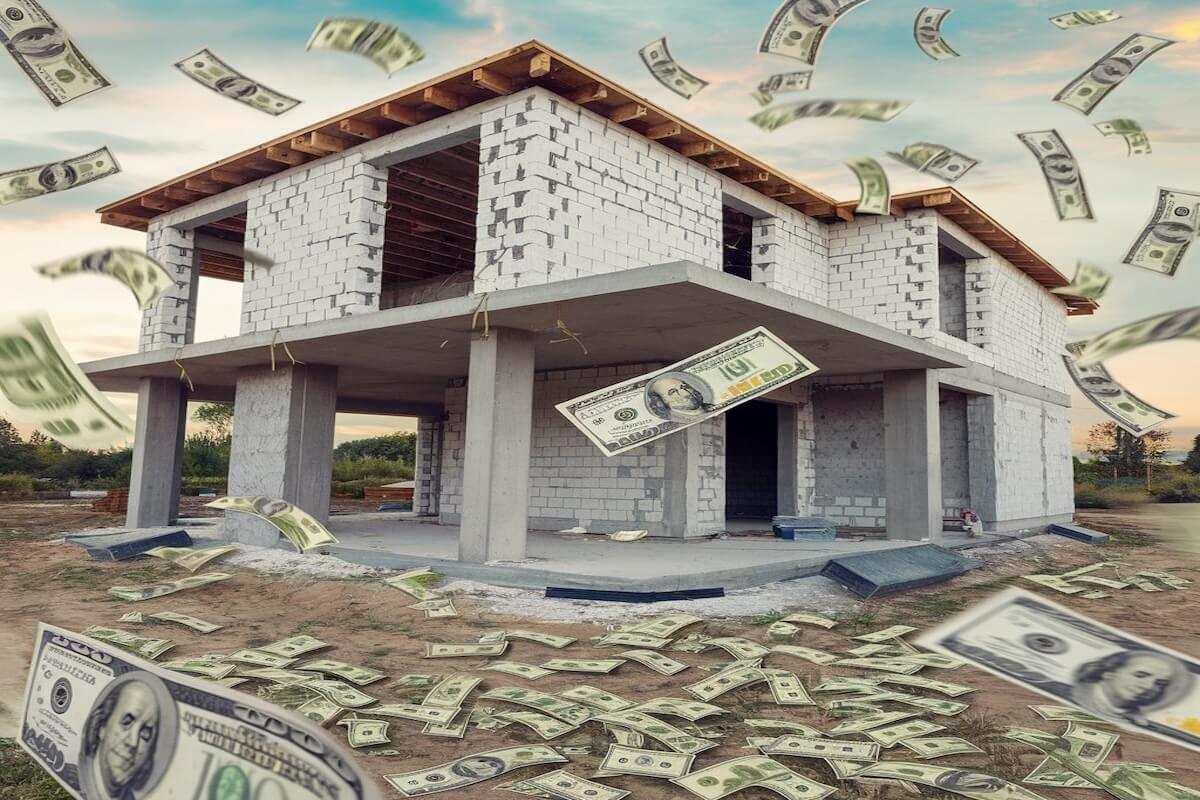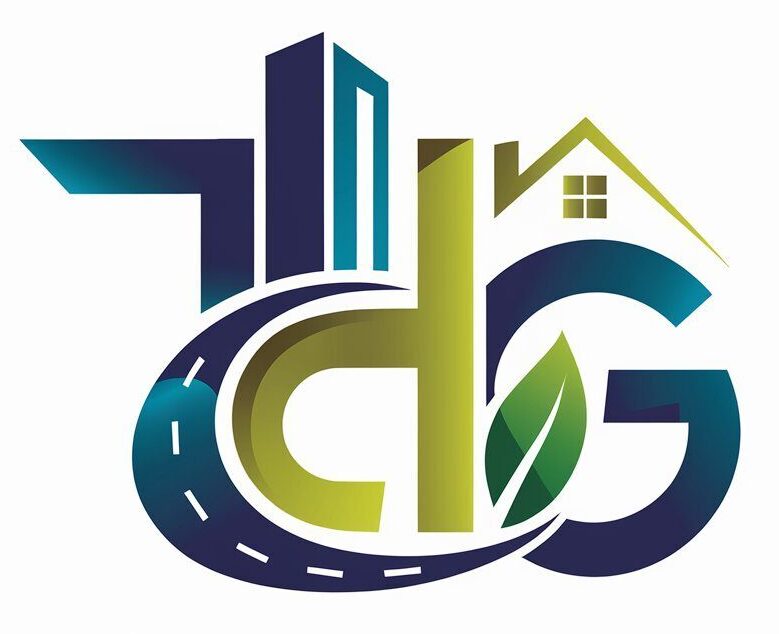Custom Home Financing
Custom Home Financing: Loans, Grants & Mortgage Options
Building a custom home is a significant financial commitment, and understanding your financing options is crucial to making your dream home a reality. While the process can seem daunting at first, breaking it down into manageable parts can help make it more manageable. From construction loans to grants and mortgage options, there are a variety of ways to secure the funds you need. This guide will explain some of the key financing options, including construction loans, FHA loans, and budgeting tips to help you navigate the financial side of building your custom home.

Construction Loans
A construction loan is a short-term loan that provides the necessary funding to cover the costs of building a custom home. These loans are specifically designed for home construction projects and differ from traditional mortgages in several key ways.
Pros
A construction loan allows you to access the funds needed to cover the entire construction process, including materials, labor, and permits. Interest-only payments during construction can help reduce your financial burden.
Cons
These loans tend to come with higher interest rates and fees compared to traditional mortgages. The approval process can also be more involved, requiring detailed plans and documentation from your builder.
What You Need to Know About Construction Loans:
- Draw Periods: Unlike standard loans where you receive the full loan amount upfront, construction loans are disbursed in stages or “draws” as the construction progresses. This means you’ll receive funds in installments based on certain milestones, such as completing the foundation, framing, and other major phases of construction. Each draw is used to pay for the work completed up to that point.
- Interest-Only Payments: During the construction phase, many construction loans require interest-only payments on the amount drawn. This can be beneficial as it keeps monthly payments lower while the home is being built. Once construction is complete, you’ll start making full mortgage payments based on the total loan amount.
- Short-Term Nature: Construction loans are generally short-term, usually lasting between 6 to 18 months, depending on the length of the construction project. Once your home is completed, the construction loan can be converted into a standard mortgage, or you can refinance it into a traditional loan.
- Loan Requirements: Construction loans typically have stricter requirements than traditional mortgages. Lenders will want to ensure you have a reliable builder, a detailed construction plan, a realistic budget and sometimes and idea about the resale value. You’ll also need to provide proof of income, creditworthiness, and other standard loan documentation.
FHA Loans for Custom Homes
Federal Housing Administration (FHA) loans are government-backed loans that make homeownership more accessible to people with lower credit scores or smaller down payments. While FHA loans are typically used for purchasing existing homes, there are specific FHA loan options for those who want to build a custom home.
Pros
FHA loans are a good option for those with limited funds or less-than-perfect credit. The low down payment requirement can be especially helpful for first-time homebuyers or those building on a budget.
Cons
FHA loans come with mortgage insurance premiums, which means higher monthly payments. Additionally, the loan limits may not cover the full cost of building a custom home, especially in more expensive areas.
What You Need to Know About FHA Construction Loans:
- FHA 203(k) Loans: The FHA 203(k) loan is a specific type of loan designed for homebuyers who want to purchase a property and make significant improvements or build a new home. This loan allows you to borrow funds to purchase the land and finance the construction or renovation costs.
- Down Payment: One of the advantages of an FHA loan is the lower down payment requirement. Typically, you only need to put down 3.5% of the total loan amount, which can be a big advantage if you have limited savings.
- Credit Requirements: FHA loans generally have more flexible credit requirements than conventional loans. While the exact score needed may vary, many lenders accept scores as low as 580. However, keep in mind that a higher credit score may result in better terms and rates.
- Limitations: FHA loans for new construction do come with some restrictions. For example, the property must meet certain criteria, such as being your primary residence. Additionally, the loan process may be more time-consuming due to additional paperwork and approvals.
Budgeting Tips for Custom Home Financing
Financing a custom home requires careful planning and budgeting. It’s easy to get caught up in the excitement of designing your dream home, but it’s important to stay grounded and ensure your finances align with your goals. Here are some helpful budgeting tips for financing your custom home:
1. Set a Realistic Budget
Before you start looking at loans or materials, it’s essential to set a budget for your custom home. Take the time to research the costs of land, materials, permits, and labor in your area. A realistic budget should also include a contingency fund for unexpected expenses, as construction projects often run into unforeseen challenges.
2. Get Pre-Approved for a Loan
Getting pre-approved for a loan can give you a clear idea of what you can afford and help streamline the financing process. It’s a good idea to talk to multiple lenders to compare rates, terms, and conditions. Having pre-approval will also make you more attractive to builders, as it shows you have the financial backing to complete the project.
3. Factor in Additional Costs
In addition to the cost of construction, you’ll need to factor in other expenses such as insurance, utilities, landscaping, and home staging. While these might not be directly tied to the construction process, they can add up quickly and should be accounted for in your budget.
4. Track Your Spending During Construction
Once construction begins, it’s important to keep a close eye on your spending. Keep track of every payment made to contractors, suppliers, and other service providers. If costs start to exceed your budget, you can adjust by cutting back on certain features, DIY or finding more affordable alternatives.
5. Consider Long-Term Costs
Don’t forget about the long-term costs of homeownership. While you may be able to afford the monthly mortgage payments now, consider future expenses such as maintenance, property taxes, utilities, and upgrades. These costs can add up over time, so make sure they’re included in your financial plan.
